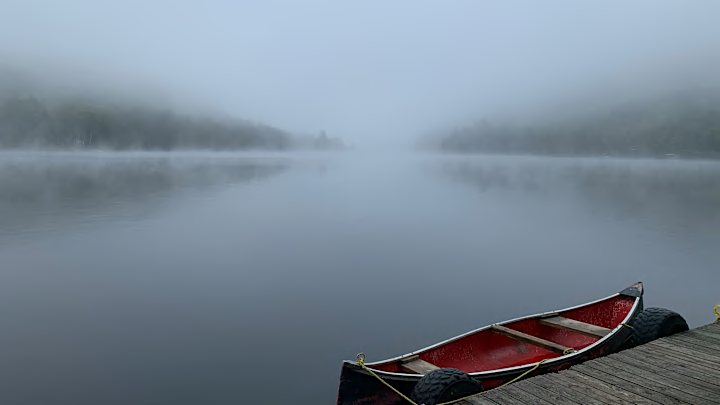What You Wear Matters When It Comes to Cold-Weather Paddling

When paddling comes into mind, we often envision sandy beaches and warm weather. However, although colder, autumn can be a beautiful time to go canoeing or kayaking.
Paddling in the fall creates some additional hazards that must be considered. At this time of year, air temperatures are dropping, and so are water temperatures. Ending up in the water in these conditions can put you at risk of cold shock, hypothermia, and incapacitation, all of which can result in death. With this in mind, all safety measures should be taken.
If you are active in the outdoors, you have likely heard the phrase, "Cotton Kills." This saying not only stands true in the mountains, but it also translates to water sports. By avoiding cotton and layering your clothing properly, you will be setting yourself up for success.
Layers should consist of a base layer manufactured from a wicking material, an insulation layer (wool or fleece), and an outer layer to protect your body from the weather. Additionally, when paddling in cold waters with cool air temperatures, dry suits make an excellent addition to your clothing system as they will keep you warm and dry. NRS is a top-of-the-line company catered to paddlers looking for long-lasting equipment, including reliable dry suits.
The American Canoe Association (ACA) states that when the air and water temperatures are less than 120 degrees Fahrenheit combined, insulating clothing should be worn. Along with this, if your intended paddling location is colder than 60 degrees Fahrenheit, insulation is also recommended.
As always, your paddling setup is not complete without a properly fitted PFD. NRS also provides several types of PFDs, such as the NRS Ninja. Not only will your PFD keep you afloat if your boat capsizes, but it can also provide additional insulation for your body. In cold water, the United States Coast Guard (USCG) states that the human body cools down 25 times faster than it does in air, even with a PFD. Imagine how fast your body will cool without one.
With any water sport, no matter the season, there are risks. Whenever possible, each paddler should try to mitigate risk, which can start at home when preparing your clothing system.
